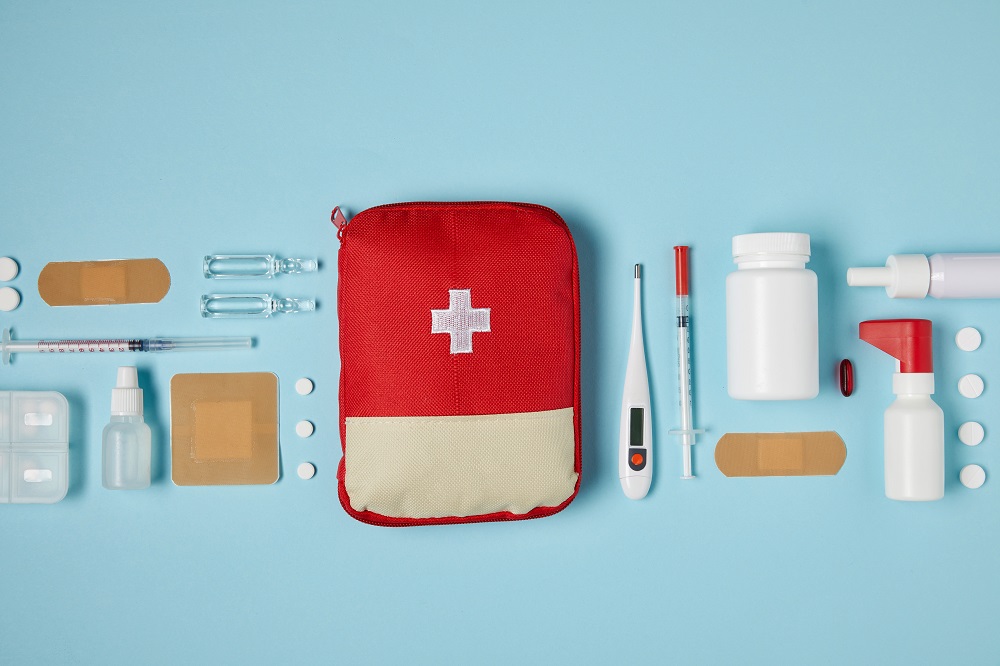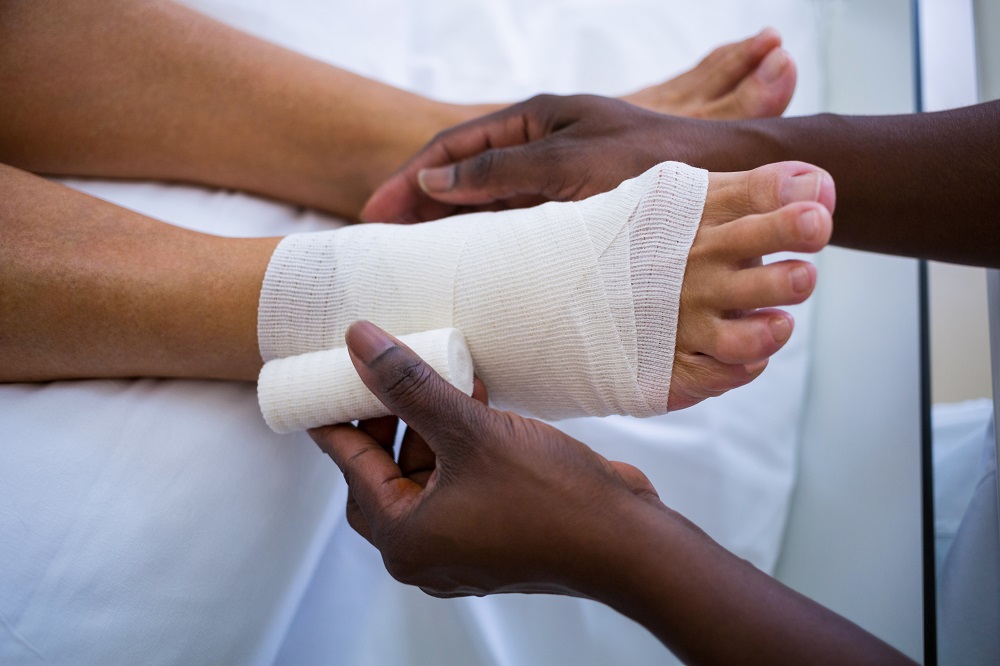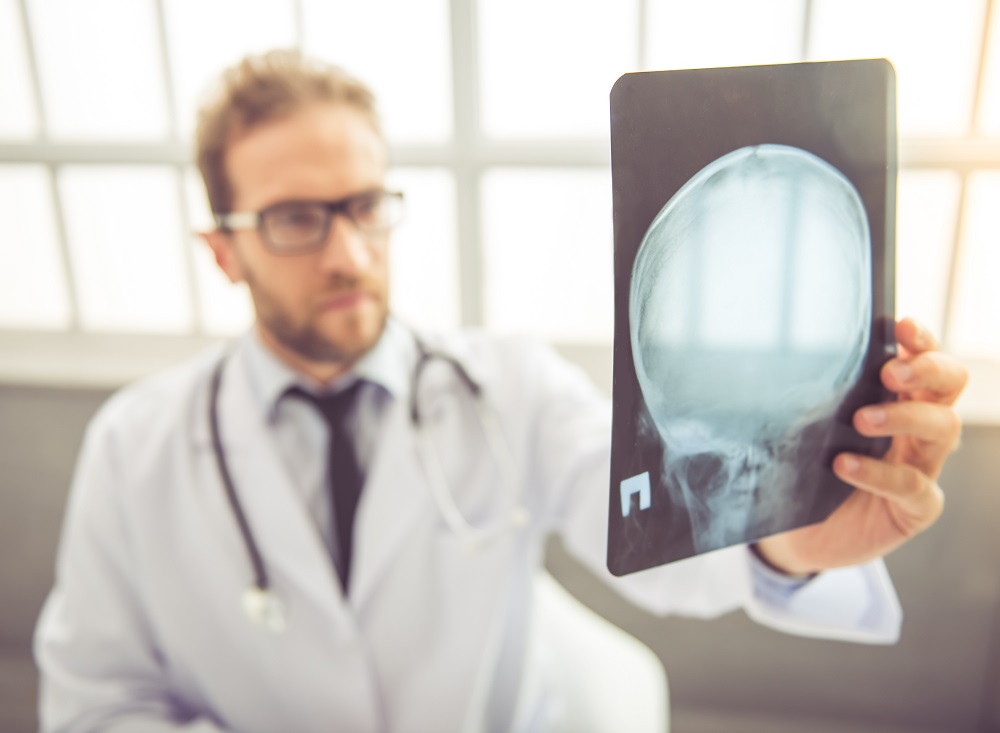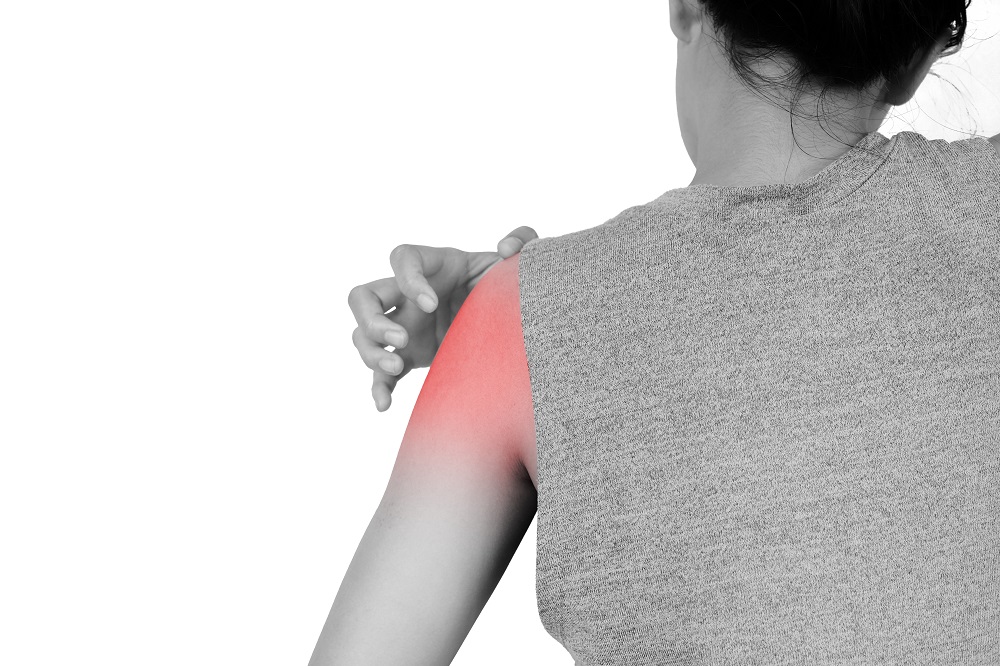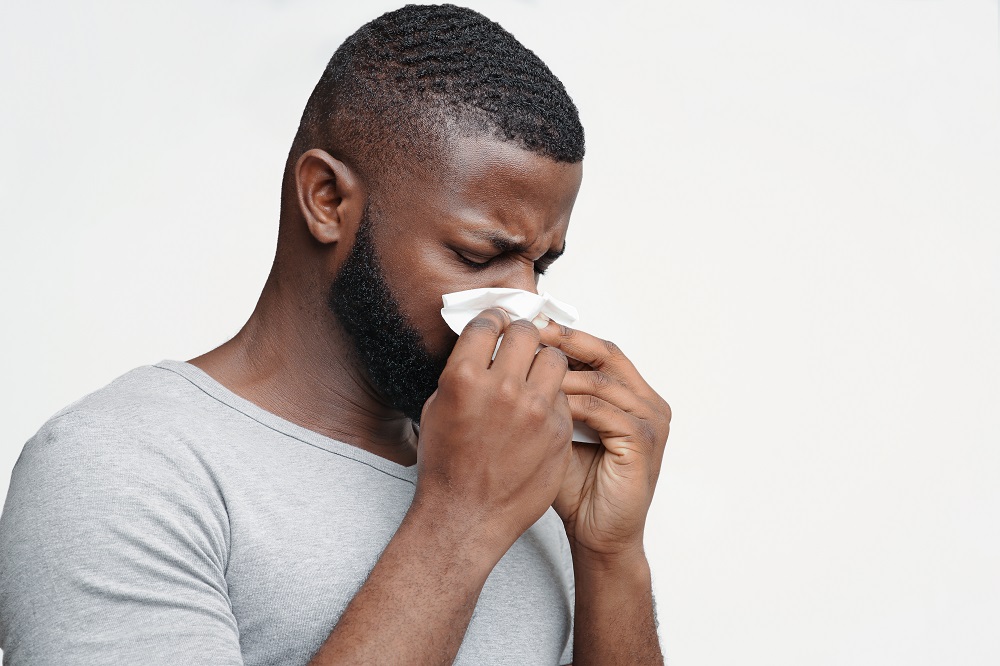Things can go wrong at any time. You could be hosting a birthday party or attending a dinner when suddenly someone starts choking or experiences chest pain, and nobody knows what to do.
If you have a family member with allergies or any chronic disorder, the ability to provide them with the basic aid they need in an emergency is vital.
Kids get injured more frequently than adults, so you need to ensure your child’s safety if you are a parent. For this, you need to know a few basic actions you can take if a medical emergency happens.
First aid is the initial help you provide an injured or sick person until full medical treatment is available. To be prepared, it is crucial to know what emergency measures to take to provide appropriate help.
The first aid kit is an essential item to have inside your home and valuable to carry with you at all times. Often, injuries and ailments need quick action.
A first aid kit is useful for both minor to more severe accidents so that you can prevent infection and further injury while you wait for an ambulance. You can get a first aid kit from a pharmacy or make your own family first aid kit. CityHealth suggests it is always better to make your first aid kit yourself, so you will know exactly what is in your kit and how to use each item.
So what should you include in your first aid kit, and how do you use these items? We’ve compiled a list of essential items for any first aid kit to help you keep your loved ones safe. Also, you can take first aid classes through your local Red Cross.
Basic First Aid Kit List
Here’s a list of supplies you can include in your kit:
- Hand sanitizer
- A compression wrap – for sprains
- Adhesive bandages (Bandaids)
- Different sizes of sterile gauze – to cover open wounds and scratches
- Medical tape – to hold gauze in place
- Triangular and crepe rolled bandages
- Safety pins – to hold the bandages
- Disposable masks
- Disposable gloves (latex, or latex-free for allergy sufferers)
- Scissors
- Tweezers
- Cleansing wipes
- Antibiotic gel or tablet
- Laxatives and anti-diarrhea medication
- Hydrocortisone cream – for rashes
- Alcohol swabs – for disinfecting wounds
- Inhaler – if prescribed by your doctor
- Epipen – if prescribed by your doctor
- Antihistamine medication – for minor allergic reactions
- Thermometer
- Antiseptic cream and lotions – to relieve stings and insect bites
- Painkillers such as Naproxen and Ibuprofen
- Eyewash solution
- Aspirin
- Cough syrup
- Distilled water – for cleaning wounds
- First aid manual
- Blood Pressure Monitor – if a member of your family suffers from high blood pressure or heart disease, you may consider adding a blood pressure monitor to your first aid kit. This can be purchased at health supply stores and some drugstores.
- Pulse Oximeter – if a member of your family suffers from chronic obstructive pulmonary disease, asthma, lung cancer, or anemia or has suffered a heart attack or heart failure, a pulse oximeter is a good addition to your first aid kit. These can be purchased at health supply stores and some drugstores.
Family First Aid Kit Storing and Care
Designate a person in your home to check the supplies of your first aid kit after use. This person should also regularly check your first aid kit to make sure all supplies are up-to-date and replace expired medications.
Keep your fist aid kit locked and stored somewhere easily accessible for adults but away from the reach of children. If you are traveling, keep your first aid kit in your vehicle and always bring it with you for water activities.
How to Use First Aid kits in Common Accidents and Emergencies
In case of any emergency, the first thing you should do is check the person’s main vital signs in distress: body temperature, pulse rate, and respiration rate. If you have a blood pressure monitor, you should also check blood pressure.
To check a person’s pulse:
- Press your first and second fingertips on the person’s artery.
- Look at a watch or start a timer on your phone.
- Count each pulse for a duration of 60 seconds, or 15 seconds and multiply by four.
A normal resting pulse rate is 60 to 100 beats per minute.
To check a person’s respiration rate, count their number of breaths per minute. At rest, respiration rate should be 12 to 16 breaths per minute.
Common Injuries That May Need First Aid Treatment
The following is a list of injuries and illnesses you can treat with a well-supplied family first aid kit. A first aid kit is not a replacement for professional medical treatment.
Bleeding
With a gloved hand, use a clean, dry bandage to apply pressure for several minutes in case of bleeding. When bleeding stops, clean the wound with running tap water or distilled water. Dry the area with a clean towel and apply sterile gauze, bandages, or a band-aid on the wound.
While cleaning and assessing the wound, determine if the cut may need stitches.When using gauze or a bandage, wind it around the wound twice and secure it using safety pins or medical tape.
Allergic Reaction
In some people, a severe allergic reaction can occur after an insect bite or from eating certain foods. For mild allergic reactions, use antihistamine medication from your family first aid kit. If a family member has asthma that is triggered when they are exposed to foreign substances (i.e., dust, pollen, or certain foods), use the emergency inhalers from your first aid kid.
Sometimes an allergic reaction is so severe that it can result in swelling of the tongue and throat, which causes difficulty breathing. In this case, immediately call 9-1-1, use an EpiPen if you have included one in your first aid kit, and wait for first responders to arrive or go the hospital.
Choking
If a family member starts choking, ask them to cough forcefully. If they can cough forcefully, the airway is only partially blocked. Ask them to continue coughing and spit out anything that is in their mouth. Don’t put your fingers inside their mouth as you might push the object down further.
If the person can’t cough or coughing does not clear the obstruction, call 9-1-1.
Give the choking victim five blows between their shoulder blades with the heel of your hand from behind. If the object is still not out, give them five abdominal thrusts from behind. You can repeat the five blows and five abdominal thrusts until the airway is clear or help arrives.
Heart Attack
A heart attack can be deadly if not managed quickly and correctly. One major symptom of a heart attack is chest pain, or a feeling of chest tightness like somebody is squeezing or sitting on your chest. The pain travels from the chest down to the left arm or into the jaw, neck, and back.
If one of your family members experiences these symptoms, give them a 300mg tablet of aspirin to chew slowly. Don’t give aspirin to someone who’s allergic or anyone under 16 years of age. If that family member is already taking medication for angina, help them to take it. Immediately call 9-1-1 and take the family member to the nearest hospital.
After Administering First Aid
After you have used your family first aid kit, it is often necessary to find professional medical care for a checkup, sutures, or other follow up.
CityHealth now offers new virtual visits, as well as in-person visits. Virtually connect with a clinician to see if your illness or injury needs urgent care, all from the comfort of your home (or wherever you are).
If you have any questions or concerns, please contact us. All CityHealth Urgent Care locations are open daily from 9 am to 5 pm.
